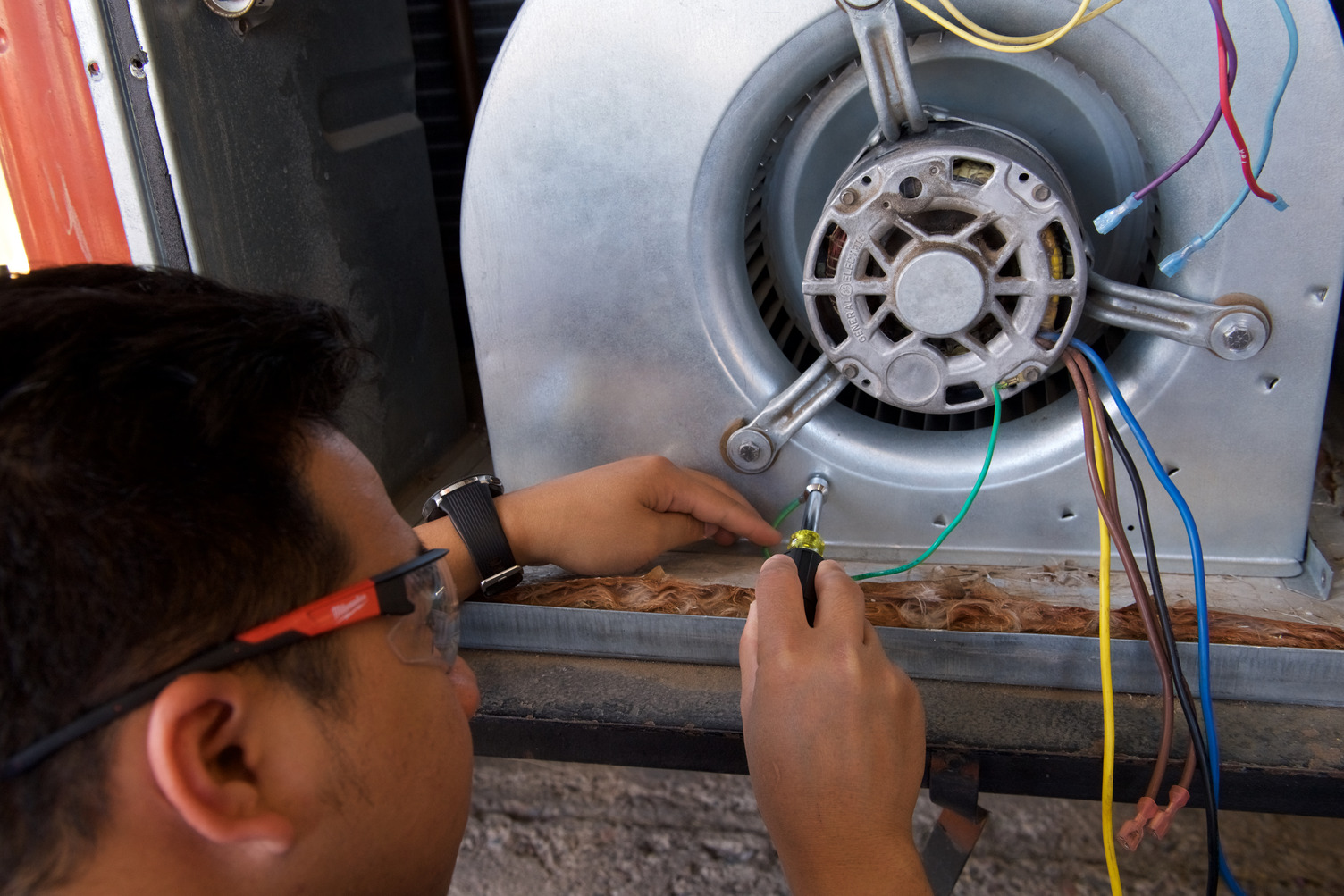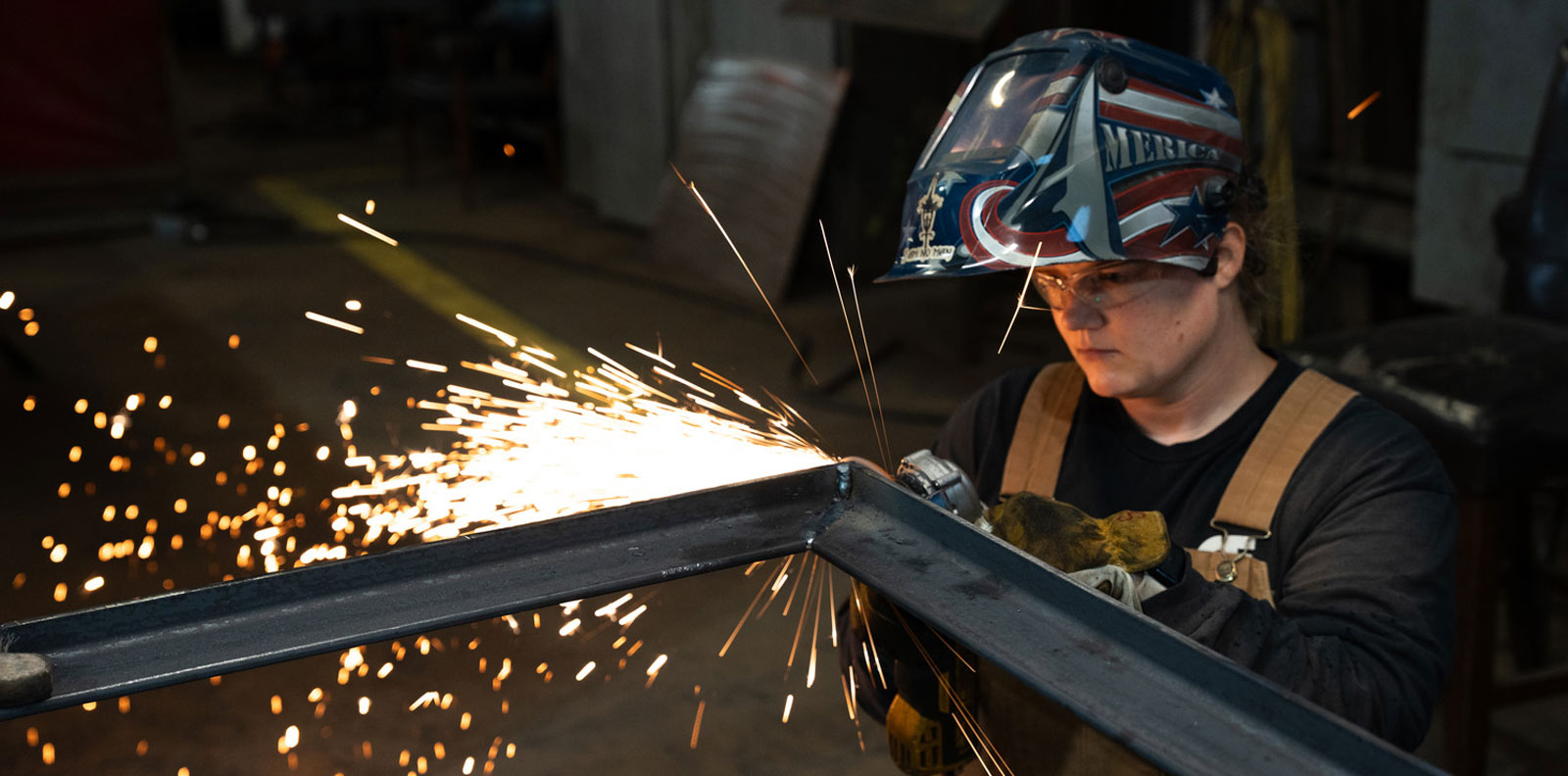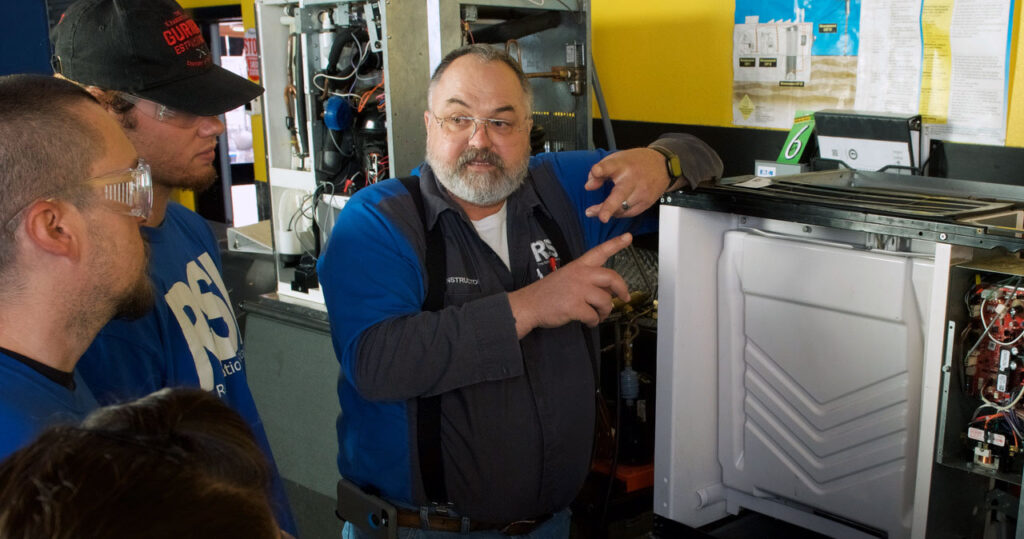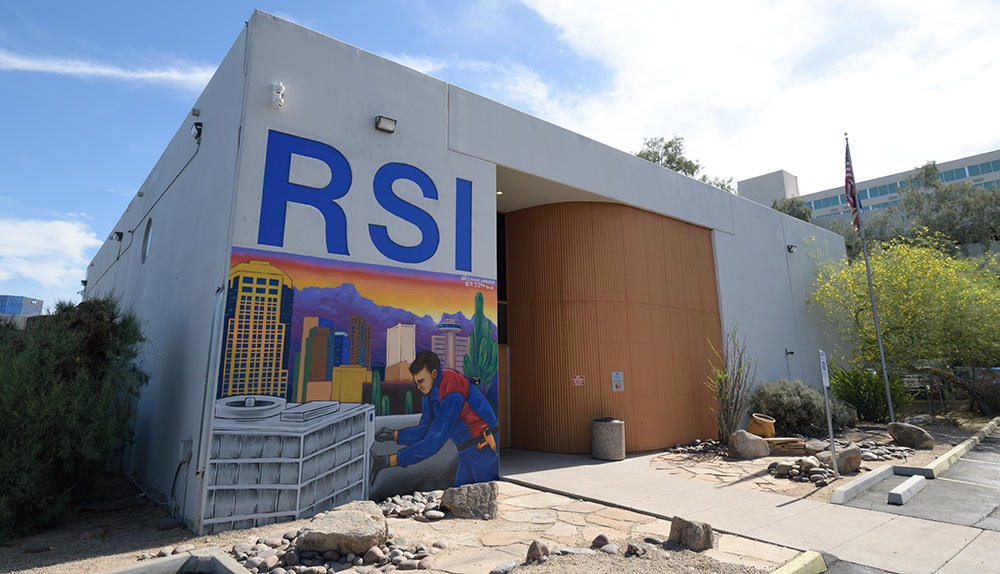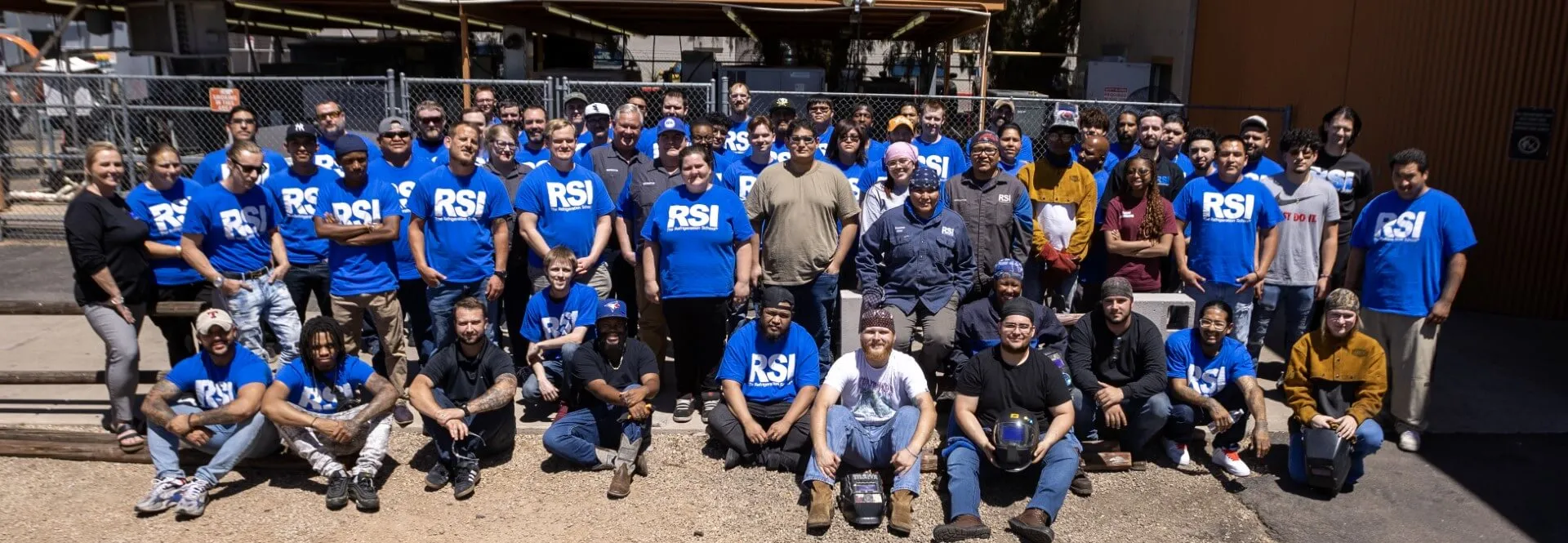RSI is a Great Training Option for Everyone
Learn more about how we can prepare you to advance your career.
Modern HVAC systems rely on more than just motors, fans, and compressors. Behind the scenes, a network of HVAC sensors and control mechanisms monitor everything from air temperature to refrigerant pressure. These components are important in keeping heating and cooling systems running safely and efficiently.
Below, we’ll explore three major categories of HVAC sensors and controls: thermistors, pressure switches, and limit controls. Each section explains how these devices work and why they matter in system performance.
Thermistors: The Tiny HVAC Temperature Sensors That Keep It All in Check
A thermistor is a type of resistor whose electrical resistance changes with temperature. Thermistors are commonly used in HVAC systems as temperature sensors to monitor air, water, or refrigerant temperatures.
There are two types of thermistors:
- NTC (Negative Temperature Coefficient): Resistance decreases as temperature rises. Most HVAC temperature sensors use NTC thermistors.
- PTC (Positive Temperature Coefficient): Resistance increases with temperature, often used for different electrical protection applications.
In HVAC systems, thermistors feed continuous temperature data to the system’s control board. For example:
Get Started on the Path to a New Career
Fill out our form to learn how we can help you change your life.
- In a thermostat, the thermistor senses room temperature to trigger heating or cooling cycles.
- In evaporator coils, it monitors refrigerant temperature to prevent freezing or overheating.
If a thermistor fails, the system might short cycle or stop working altogether. That’s why understanding how to test and replace faulty thermistors is a fundamental skill for HVAC technicians.
Pressure Switches: Protecting the System by Monitoring Refrigerant Flow
Refrigerant flow and pressure are necessary components for effective HVAC performance and consistent safety. Pressure switches are control devices that monitor this flow and open or close electrical circuits in response to pressure changes.
There are two main types of HVAC pressure switches:
- High-pressure switches: Shut off the compressor if pressure gets too high, preventing damage.
- Low-pressure switches: Stop system operation if refrigerant levels drop too low, helping to avoid compressor failure due to insufficient lubrication.
Some systems use dual pressure switches or sensors that combine both functions. These are often found in newer, more compact units.
Pressure switches are safety devices, and they must be accurately calibrated and properly installed. HVAC Technicians are trained to recognize the signs of a faulty pressure switch, such as short cycling or a unit that fails to start. Replacing or bypassing a pressure switch incorrectly can lead to severe system damage.
HVAC Limit Controls Keeping Equipment and People Safe
HVAC limit controls are safety switches that respond to high temperature conditions. Their role is to shut down part or all of the system to prevent overheating, fire, or other hazards.
Common types of HVAC limit controls include:
- High-limit switches: Found in furnaces, these shut off the burner if the internal temperature exceeds safe levels.
- Fan limit switches: Control the blower fan, turning it on or off based on air temperature in the plenum or heat exchanger.
- Rollout switches: Detect flames or heat rolling out of the combustion chamber, which may indicate a blockage or cracked heat exchanger.
These sensors are not adjustable, and they often have manual reset buttons. If a limit switch trips, it signals a real problem that needs attention.
HVAC technicians should never bypass or override a limit control unless performing a manufacturer-specified test. In many jurisdictions, doing so could void equipment warranties or violate safety codes.
What Is a Zone Sensor and How Does It Improve HVAC Efficiency?
A zone sensor is a device used in zoned HVAC systems to measure temperature in specific areas or “zones” of a building. Unlike a traditional single-thermostat system, zoned systems divide a home or facility into separate areas with individual controls.
Zone sensors allow each zone to maintain a customized temperature. The system responds by opening or closing dampers in the ductwork or adjusting airflow to match each zone’s needs.
This technology improves both comfort and energy efficiency by:
- Reducing energy use in unused areas
- Allowing for personalized comfort settings in different rooms
- Limiting unnecessary cycling of heating and cooling equipment
Zone sensors are usually paired with a central control board that coordinates inputs from all zones. They may also include humidity sensors or occupancy sensors for even greater control.
HVAC Sensor Troubleshooting Skills Every Technician Needs
Whether it’s a thermistor, pressure switch, limit control, or zone sensor, every HVAC sensor plays a role in system operation. When systems malfunction, technicians rely on their training to isolate the issue, test components, and replace them as needed.
Here are a few basic steps technicians take when troubleshooting sensors:
- Visual inspection: Check for corrosion, loose wires, or signs of overheating.
- Multimeter testing: Measure resistance or voltage across terminals to verify operation.
- Manufacturer specs: Compare readings to known good values listed in service manuals.
Want to Learn More?
Learning how to diagnose and repair HVAC sensors is part of the hands-on training in HVAC programs like the HVAC/R program offered at The Refrigeration School, Inc. (RSI). Graduates are prepared to work with residential, commercial, and industrial HVAC systems.
To learn more about enrollment, other program options, or class schedules, contact RSI or call 1-855-935-0486 today.
